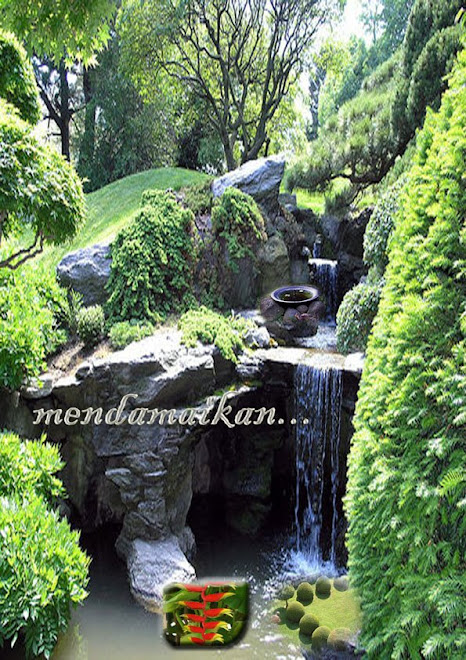| Hibiscus sabdariffa Common Names: roselle, Florida cranberry, Indian sorrel, Jamaican sorrel Family: Malvaceae (mallow Family)
| |||||
| |
| Florida cranberry's red stems and red petioles are pretty, but it's the pointy-tipped calyces at the base of the flowers that are harvested for juice. |
Roselle is a robust many-branched shrub-like annual that gets 4-7 ft (1.2-2.1 m) tall and almost as broad. The dark green leaves are about 6 in (15 cm) across and deeply dissected into 5 narrow lobes. The stems, branches, leaf veins, and petioles (leaf stems) are reddish purple. The hibiscus-like flowers, appearing in October, are yellow and about 3 in (7.6 cm) across. At the bottom of each flower, enclosing the bases of the five petals, is a fleshy bright red cup-like structure called a calyx, The calyx is about 1 in (2.5 cm) in diameter. The calyces of roselle are used to make juices, sauces, jellies, wines and pies.
Location
Originally native to tropical Africa, roselle is grown in the subtropics and tropics worldwide and has escaped cultivation and become naturalized in tropical America and Asia.
Culture
Roselle is susceptible to root knot nematodes, so you may not be able to grow it in the same place year after year. Mulch well to punish the nematodes and to conserve water in the soil. No matter when you plant it, roselle will not bloom until days begin to shorten in October.
Light: Full sun.
Moisture: Roselle does best with regular watering.
Hardiness: USDA Zones 8 - 11. Seeds can be planted outdoors in USDA zones 8-11. Farther north (to zone 6), start seeds indoors and transplant outside after all danger of frost. Roselle can be a short-lived perennial in zones 10 and 11.
Propagation: Roselle is an annual propagated from seed.
| |
| Roselle grows into a large dense shrub by the end of summer. |
Roselle is an interesting and beautiful plant in the home landscape. Fifty years ago it was widely grown in Florida as a summertime hedge and for its edible calyces. The dark green leaves contrast nicely with the red stems and petioles, and the yellow flowers are a rare treat in October and November. The edible calyces are a bonus. Place roselle where it will have plenty of room. This is a large annual, so thin plants to about 3 ft (0.9 m) apart. Feed and mulch well. In Florida, roselle is often planted in rows where it forms a dense hedge by late summer. If grown just for juice production, roselle is cultivated much like tomatoes, peppers or eggplants.
Features
Roselle juice is similar to cranberry juice, but not as bitter. The calyces are harvested while they are still tender and juicy, about 10 days after the flowers appear. The plants will continue to flower and produce if kept picked. Remove and discard the seed pods from the calyces. Bring 2 quarts (1.9 l) of calyces and 1 quart (1 l) of water to a boil and simmer for 10 minutes, then strain and use the juice with sugar to make a refreshing cranberry-like drink, or make jelly or wine as you would with any fruit juice. The strained pulp can be used for jam or pie.



Tiada ulasan:
Catat Ulasan